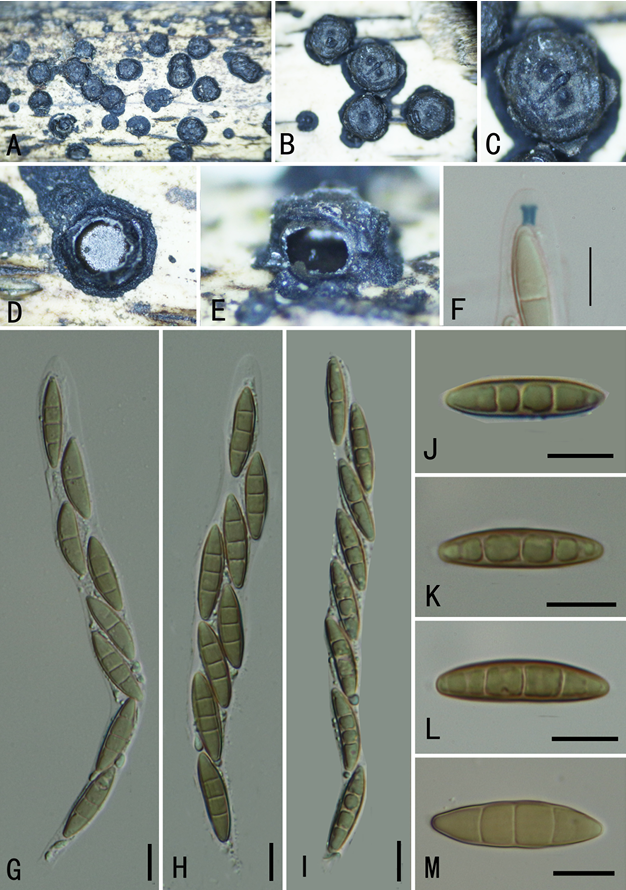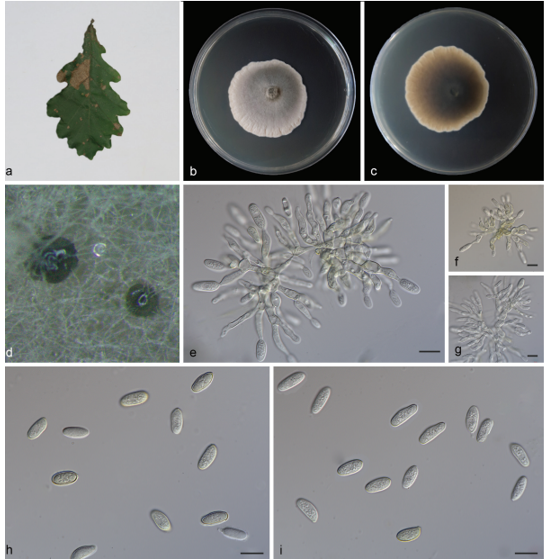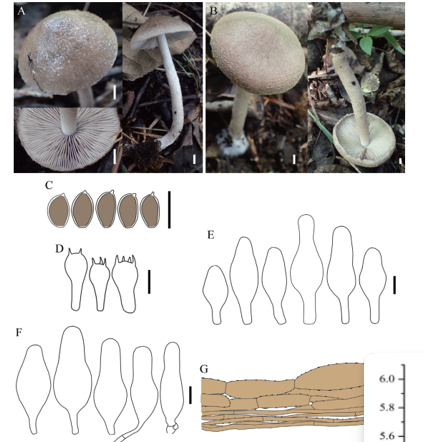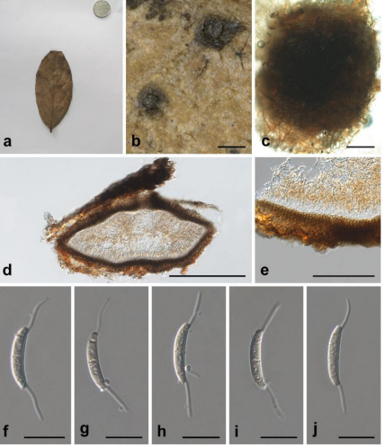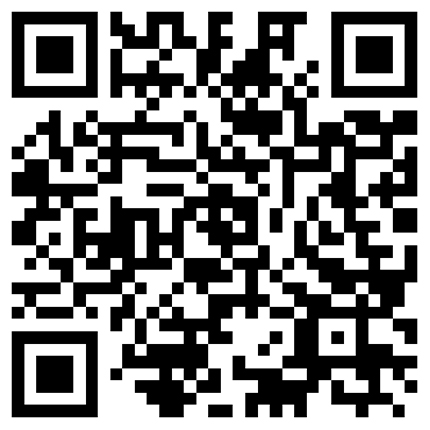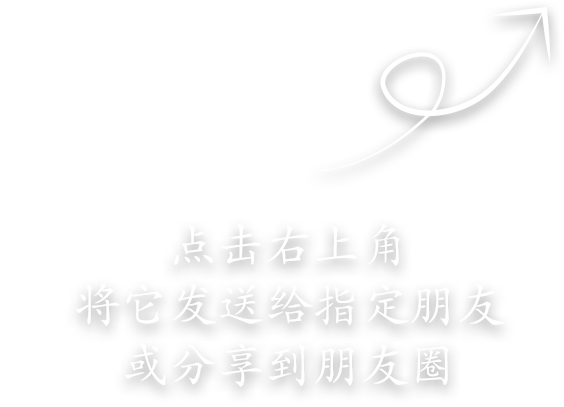Tomentella fuscofarinosa H.S. Yuan, X. Lu & Y.C. Dai 2020
Index Fungorum number: IF555742; Facesoffungi number: FoF 05621
Holotype: CHINA, Liaoning Province, Qingyuan County, Experimental Station of Forest Ecology, on fallen angiosperm branch, 30 July 2017, Yuan 12142 (IFP 019281, holotype), Yuan 12125 (IFP 019282).
Morphological description
Basidiocarps annual, resupinate, adherent to the substrate, arachnoid, without odour or taste when fresh, 0.3–0.6 mm thick, continuous. Hymenophoral surface granulose, brown to dark brown (6E5–6F5) and concolorous with subiculum when dry. Sterile margin often indeterminate, farinaceous, concolorous with hymenophore. Rhizomorphs absent. Subicular hyphae monomitic; generative hyphae clamped, thick-walled, frequently branched, 5–10 μm diam, without encrustation, pale brown in KOH, cyanophilous, inamyloid. Subhymenial hyphae clamped, thin-walled, occasionally branched, 5–11 μm diam; hyphal cells more or less uniform, pale brown in KOH, acyanophilous, inamyloid. Cystidia absent. Basidia 10–50 μm long and 6–10 μm diam at apex, 4–7 μm at base, with a clamp connection at base, utriform, stalked, sinuous, without transverse septa, pale brown in KOH and in distilled water, 4-sterigmate; sterigmata 3–6 μm long and 2–2.5 μm diam at base. Basidiospores thickwalled, (6.5–)7–8 (–8.5) × (5–)5.5–6.5(–7.5) μm, L = 7.35 μm, W = 6.25 μm, Q = 1.15–1.24 (n = 60/2), subglobose to bi-, tri- or quadra-lobed in frontal and lateral views, echinulate, pale brown in KOH and distilled water, cyanophilous, inamyloid; echinuli usually grouped in 2 or more, up to 1.5 μm long.
Habitat: On fallen angiosperm branch.
Distribution: In China.
GenBank Accession: ITS: MK211715, MK211714; LSU: MK446369, MK446368.
Notes: Tomentella atrobadia and T. fuscofarinosa are closely related in our phylogeny (Fig. 111), and they share similar morphological and anatomical characteristics: continuous basidiocarps adherent to the substrate, clamped hyphae, utriform and stalked basidia, and the absence of rhizomorphs and cystidia. However, T. atrobadia differs from T. fuscofarinosa by having crustose basidiocarps, a byssoid sterile margin and thick-walled subhymenial hyphae. T. brunneogrisea resembles T. fuscofarinosa by brown to dark brown basidiocarps, utriform basidia and the absence of rhizomorphs and cystidia. But, T. brunneogrisea is differentiated from T. fuscofarinosa by having short subhymenial hyphal cells and globose to subglobose basidiospores with longer echinuli (echinuli up to 2 μm long).
Reference: Hai‑Sheng Yuan1,2· Xu Lu1,2 · Yu‑Cheng Dai3 ·
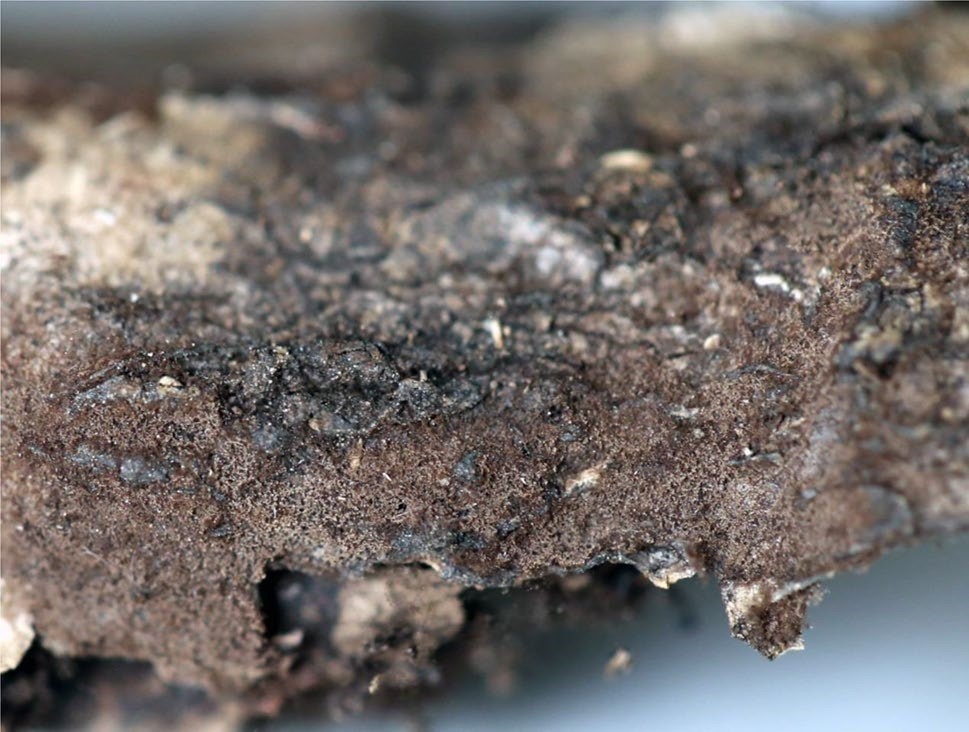
A basidiocarp of Tomentella fuscofarinosa (IFP 019281, holotype)


